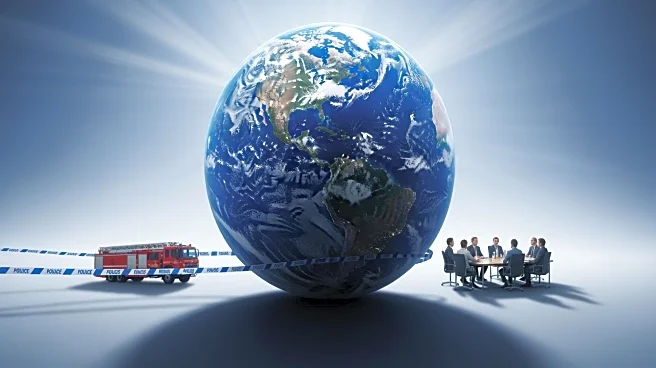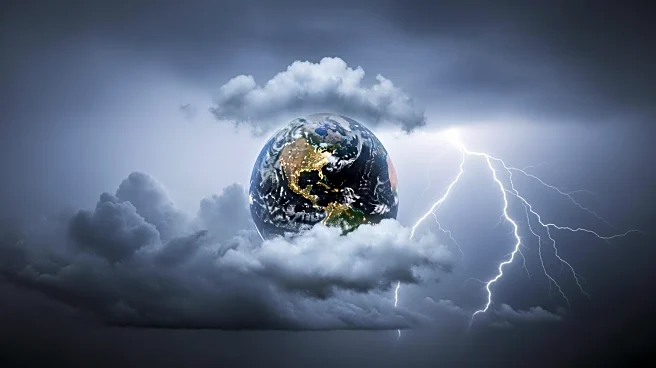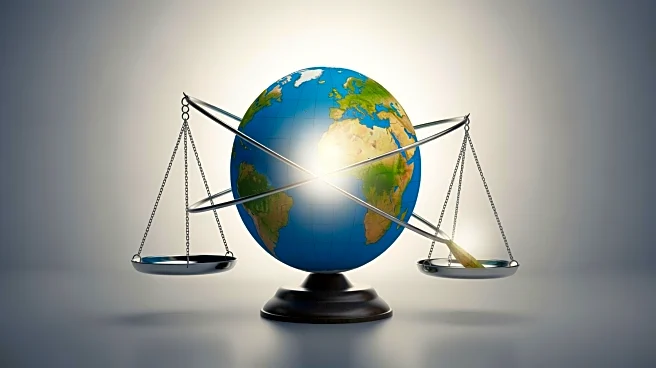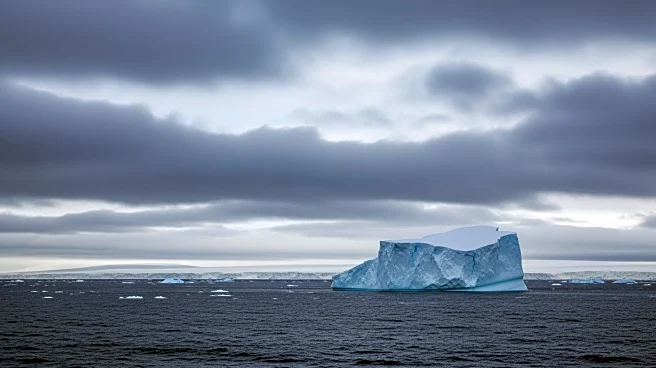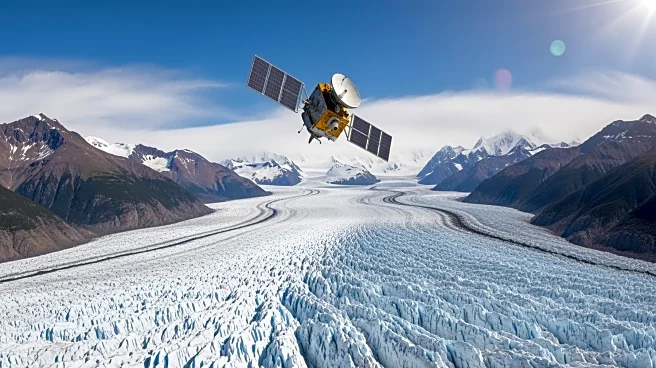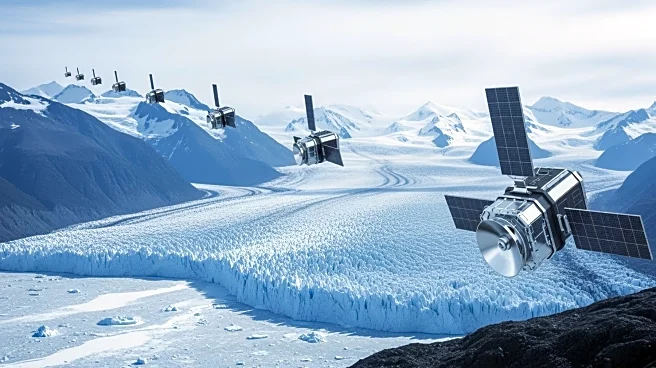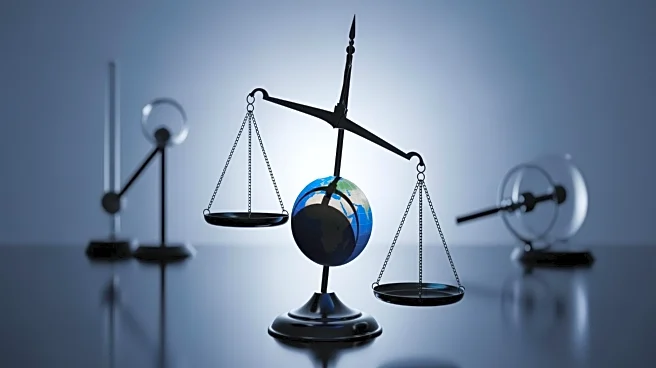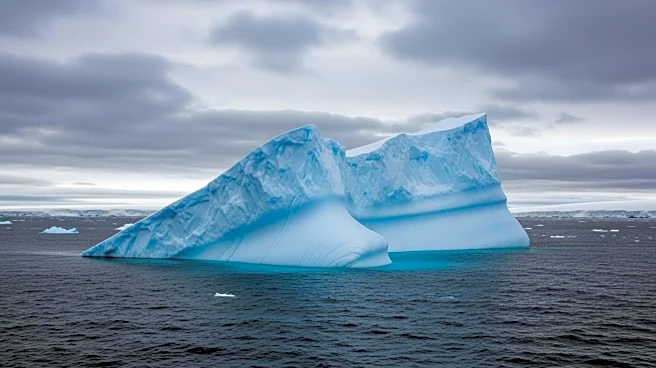What's Happening?
A new study highlights the potential risks of using geoengineering techniques, specifically stratospheric sulfur injections (SAI), to combat climate change. This method involves scattering sulfur particles
in the atmosphere to reduce sunlight and cool the planet. While inspired by natural events like the 1991 Mount Pinatubo eruption, which temporarily cooled the Earth, the study warns of unintended consequences. These include disruption of the Indian monsoon system, potential droughts, and accelerated ozone layer destruction. Researchers emphasize the unpredictability of such interventions, as computer models cannot fully capture real-world complexities.
Why It's Important?
The study underscores the complexity and potential dangers of geoengineering as a climate change mitigation strategy. While SAI could theoretically offset global warming, the associated risks to weather patterns and ecosystems could outweigh the benefits. Disruptions to monsoon systems and increased acid rain could have severe impacts on agriculture, water resources, and biodiversity. The findings highlight the need for cautious consideration and further research before implementing large-scale geoengineering projects, as the consequences could be far-reaching and irreversible.
Beyond the Headlines
The study also explores alternative materials for geoengineering, such as diamond and calcium carbonate, but finds practical limitations in their abundance and effectiveness. This raises ethical and logistical questions about the feasibility of geoengineering as a viable solution to climate change. The potential for unintended environmental and social impacts calls for a broader discussion on the governance and regulation of such technologies. The research suggests that while geoengineering could be part of a broader climate strategy, it should not replace efforts to reduce greenhouse gas emissions and transition to sustainable energy sources.



